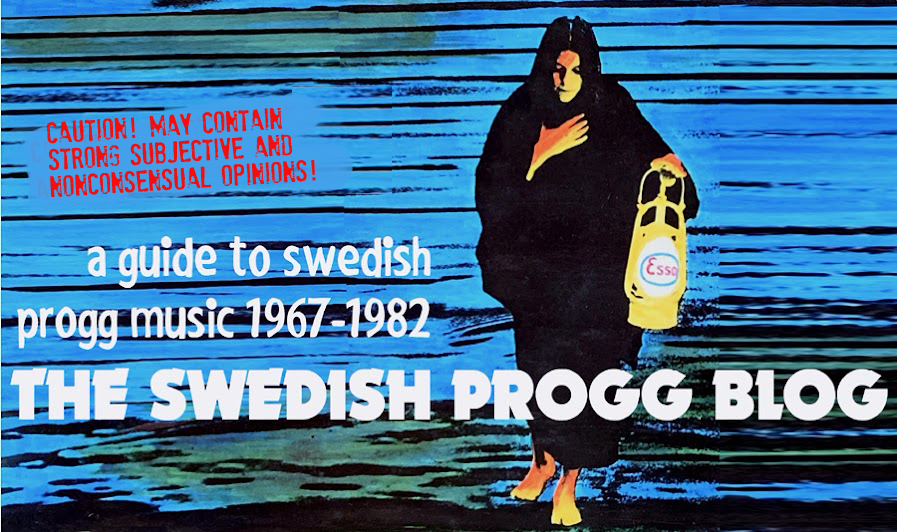
Swedish vocals
International
grading: *
Stefan Daagarsson is quite an illustrious character. His career began in 1966 with pop band The Snippers which was followed by the advent of Charlie & The Others in 1967. The following year, major publishing company Bonniers published his first novel ”...är att berätta allt”, followed by another Bonniers book in 1969. In 1970, Daagarsson set up his own publishing company named Inferi through which all his subsequent books were released up until 1984. Inferi was also the name of the cultural magazine he ran up until 1979. Daagarsson was also the very first to publish poetry by Ulf Lundell who later became one of Sweden's most succesful writers and rock artists. For a couple of years, Swedish Television hired Daagarsson as a playwright. He's also a painter with several exhibitions under his belt. In 1984, he re-invented himself as Rotebergs-Raggarn, a fictious humurous character who had some success with both 45s and albums up until the early 90s. Simply put, Daagarson is a Jack of all trades.
”Strömkarl i elransoneringstider” is
the only album under his birthname, and was released by Hudiksvall
area label Forsaljud in 1976, a fairly active label responsible for
both progg and non-progg discs including fusion band Berits Halsband
sole LP and both albums by folk outfit Agö Fyr. ”Strömkarl i
elransoneringstider” blends 'humurous' pastiches, typical Swedish
troubadour styles and folk inspired numbers with lyrics with a
sort-of-poetic flair. He obviously inhabits some talent but the
album's disappointing with only very few decent moments, such as
opening track ”Pigan” which alludes to Swedish folk songs in
style as well as lyrical content. Daagarsson isn't much of a singer
either, with a rugged, unmelodic phrasing and a lacklustre, slightly
squeaky voice. In its best moments, ”Strömkarl i elransoneringstider” comes off as a
'C' grade version of Kjell Höglund who had a much better grasp of
pastiches and lyrical vitality, and at worst, as an untalented parody of troubadour par excellence Cornelis Vreeswijk.
Spelmansminne


